Uganda
Things to Do
Namwendwa
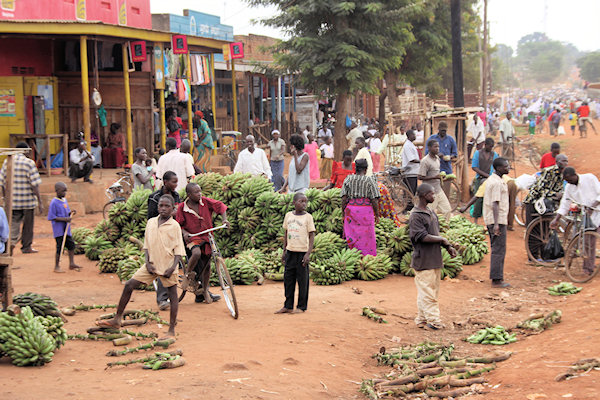 |
|||||
Namwendwa is a small village in the Kamuli district.
In Namwendwa families survive on the food that they grow. Family members contribute to the productivity
of their families land. All work is done manually so the families must plough the fields, plant the
seeds, water the garden and harvest the produce. The most common crops that are grown are maize, beans,
cassava and yams.
In order to help the local communities there are several programmes going on.
We have visited some off them.
Dairy Farmers Project
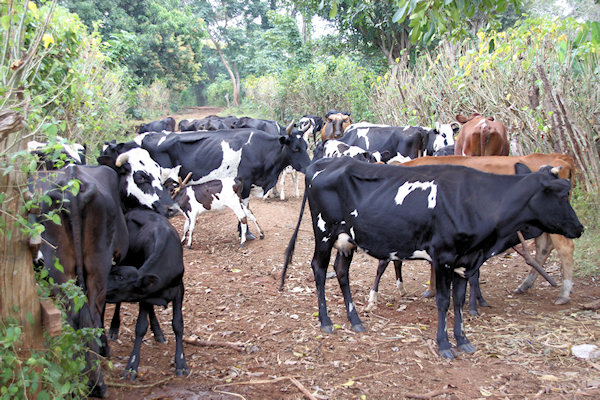 |
|||||
Dairy Project
In the frame of this programme, technical assistance is provided to dairy farmers on feeding,
breeding and milking practices. Food Safety Management across the value-chain from farm to
processor is at the core of the training programme. Audits are conducted and technical assistance
is provided, on quality control and food safety management issues to ensure the safety and quality
of products.
Water and Sanitation Programme
In Uganda, it is common to spot women and children carrying heavy buckets of water on their heads.
Some children are as young as five years old, and in some cases the distances they walk to water
points or rivers are as long as 10 km, only to get water that in most cases is not even suitable
for drinking. These programme helps by donating funds for the drilling of deep wells and the
installation of 22 community water supplies to provide clean and safe water for some 40'000 people.
The funds are also used to train community structures on maintaining the pumps and improving
overall hygiene practices.
Training Programme for Improved Coffee Beans
The goal of this project is to help Uganda to propagate improved varieties of Arabica/Robusta
coffee plants, thus enabling the country to maintain its level of production, and to improve
its quality. The improved varieties are resistant to diseases which strongly affect coffee
production in Uganda and have a good cup quality profile. Ultimately, all coffee farmers are
expected to benefit from this training programme.
Education Project
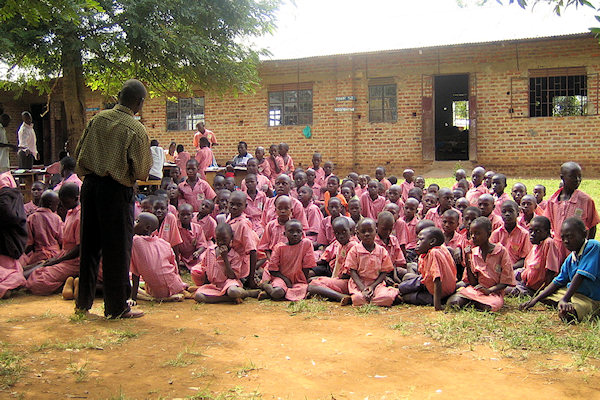 |
|||||
In Namwendwa there is a government primary school 'Namwendwa Primary School'; a government
High School ‘St Peter’s Secondary School’; a private school and an infant school.
Uganda has universal primary school, meaning that all children can attend year one to year seven
for free. Their families must only supply them with a uniform and stationary.
Uganda is currently trialing Universal Secondary Education in selected schools across the country
and in selected universals by subsiding part of the students’ fees. However, until Universal
Secondary Education is fully embraced by the Ugandan governement, the struggle for school fees
remains a major concern for Ugandan families.
That's why the dutch and australian people started some programme's to help them.
Scholarship Scheme
The scholarship scheme is a sponsorship program where girls are selected on an academic basis.
It would be impossible to choose girls on a needs basis as everyone is as desperate as each other
to receive further education. The program encourages girls to work hard through primary school,
and also encourages an attitude shift in parents and the community to support female education.
The first 8 girls who were awarded scholarships successfully completed their first year in 2006.
In every year thereafter a further 8 girls were selected and from 2009 onwards 32 girls will be
sponsored each year.
Moonshine
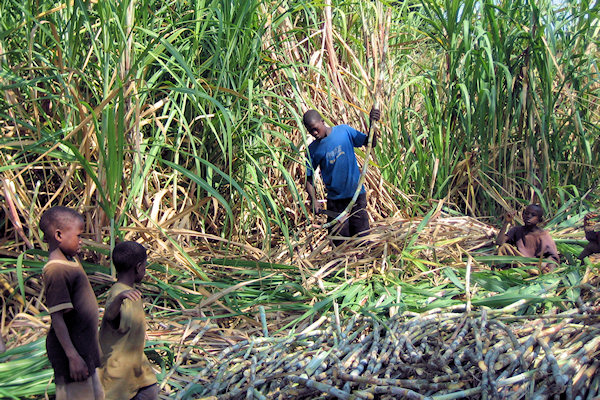 |
|||||
Illegally distilled alcohol is widely made in Uganda, and it is mostly made from sugercane.
Upon harvest, the sugarcane is immediately pressed to extract the free-run juice, which naturally
ferments with organic yeast from the outside sheath of the sugarcane stalks. The fermentation
period can be anywhere from forty-eight hours to as long as seventy-two hours.The longer the
fermentation process, the higher the concentration of aroma and flavor.
They distill all the fermented sugar cane juice just once and store it in plastic containers.
For the distillation proces, they use crude stills made from old oil drums. Due to the impure
distillation It has been known to cause blindness and death
A common term for home-distilled alcohol is Moonshine, especially in places where this
practice is illegal. The name is often assumed to be derived from the fact that moonshine
producers and smugglers would often work at night (i.e. under the light of the moon)
Murchison Falls National Park
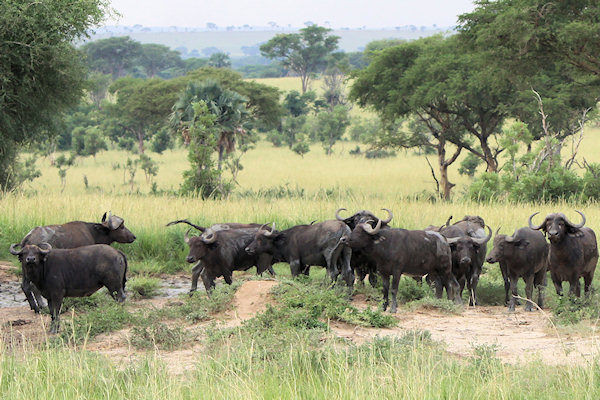 |
|||||
Murchison Falls National Park, with 3,840 square kilometers is Uganda's largest National Park.
The park is cut in half by the Nile and its landscape varies from dense rainforest on the hilly ranges in
the South-West, to undulating savannah in the North-West. The forest shelters many primate species,
including Chimpanzees, while the river attracts various Antelopes, Buffalos, Rothschild-Giraffes, Lions
and Elephants. These gentle giants are slowly recovering from the brutal slaughter they suffered during
the civil wars, when they were used as moving targets for the army's artillery.
The prime area for game-viewing is the peninsula between the Victoria and the Albert Niles, known as
the Buligi Circuit. The concentration of animals is highest in this area, and the lush patches of
forest along the waterways and the conspicuous Borassus Palms, dotting the ridges and valleys in-between,
add to the attraction of the park's landscape.
Murchison Falls
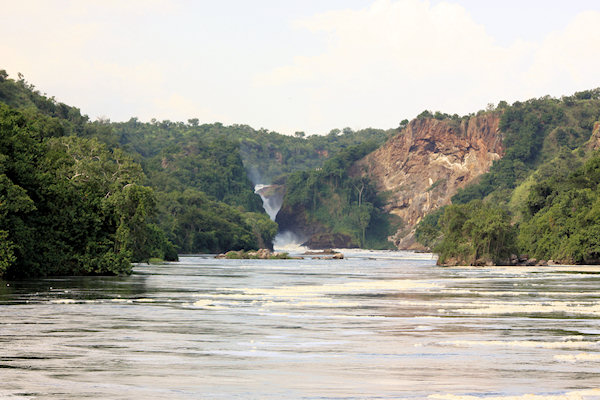 |
|||||
The world-famous Murchison Falls are a must for any visitor.
The most impressive view is at the top, where the Nile forces its way through a 7 meter gap in the
rocks and tumbles 40 meters down. A path leads from the parking above the falls all the way to the
bottom and offers spectacular views of the foaming waters rushing into the gorge, with a deafening
roar.
In the background the pacified river winds its way towards Lake Albert. If you are up for it, you
can take a refreshing Nile-bath in a small basin above the falls.
Boat Trip
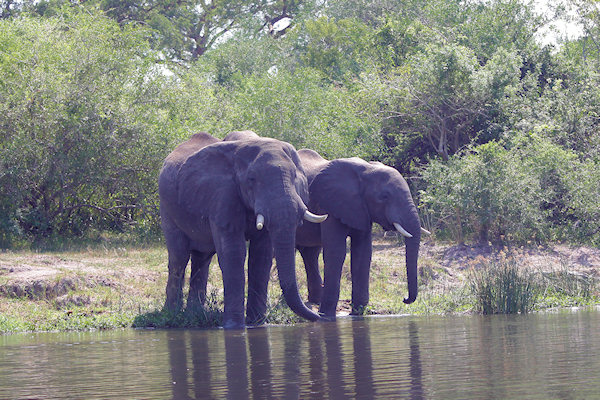 |
|||||
The Nile River calms itself after the falls into a rather more gentile flow and the best way to
experience the abundance of animal and bird life along its banks is on a riverboat from Paara Lodge.
The river is full of unbelievably large Nile crocodiles who sunbathe on rocks and display their entire
15-foot (4½ metre) reptilian bodies.
Occupying the same waterway are thousands of pink-eared hippos who take defending their territories
seriously and can startle you with a sudden mock charge.
Buffaloes wade nonchalantly through the prolific floating water hyacinth fringing the banks, and huge
herds of over 100 elephants cool themselves in shallow creeks and graze silently on the lush grasses.
During the boat excursion your senses are bombarded with such diversity, it is hard to know where to
look. It is a bird spotters paradise and is especially good for seeing the bizarre looking and very
rare Shoebill (or whale-headed) stork. It stands alone four-feet high (over 1 meter), with a
head like a wobbly wooden mallet and a timid pouting expression. It is almost matched in height by
the Goliath Heron, who appears elegant in comparison.
Hoima
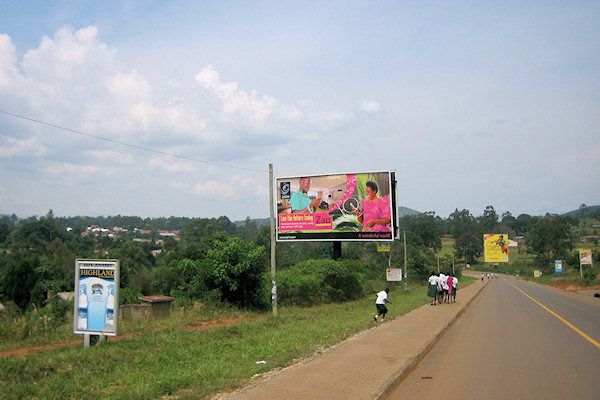 |
|||||
The rather out-of-the-way town of Hoima sees little traveller trafic and os of interest
primarily as a staging post between Murchison Falls National Park and Fort Portal.
The pretty, almost park-like surrounds notwithstanding, the compact town centre feels unusually rundown
and neglected, as if it has been bypassed by the restoration and development that has characterised
Uganda over the past decade.
Try to visit a local market on you're way, its quite pleasant.
Fort Portal
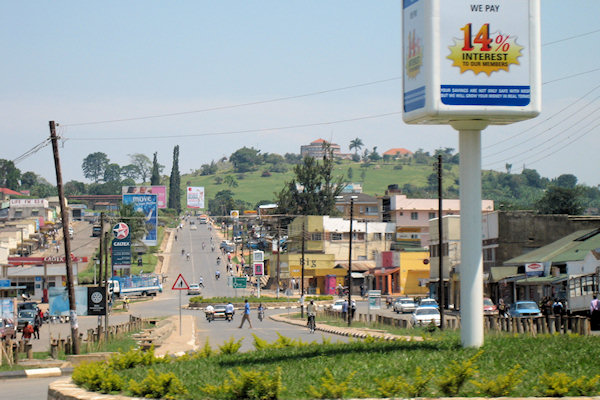 |
|||||
Fort Portal is perhaps the most attractive town in Uganda, situated amid lush rolling hillsides
swathed in neat tea plantations and - clouds permitting - offering excellent views across to the glacial
peaks of the Rwenzori Mountains to the West.
The town centre has seen a great deal of renovation since the early 1990s, including plenty of new hotels
and restaurants.
But mainly, Fort Portal is the epicentre of a cluster of highly alluring and reasonably accessible
national parks.